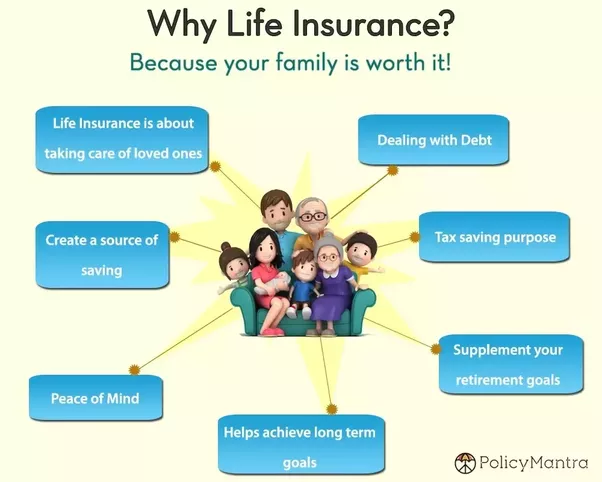Some Of Pacific Prime
Some Of Pacific Prime
Blog Article
Getting The Pacific Prime To Work
Table of ContentsFacts About Pacific Prime Revealed9 Easy Facts About Pacific Prime ExplainedHow Pacific Prime can Save You Time, Stress, and Money.An Unbiased View of Pacific PrimeSome Ideas on Pacific Prime You Should Know

This is because the information were accumulated for a period of solid financial performance. Of the estimated 42 million individuals who were without insurance, almost concerning 420,000 (about 1 percent) were under 65 years of age, the age at which most Americans end up being eligible for Medicare; 32 million were grownups between ages 18 and 65, about 19 percent of all grownups in this age group; and 10 million were children under 18 years old, concerning 13.9 percent of all youngsters (Mills, 2000).
These price quotes of the variety of persons without insurance are created from the yearly March Supplement to the Existing Population Survey (CPS), carried out by the Census Bureau. Unless or else noted, nationwide price quotes of people without medical insurance and proportions of the populace with different kinds of protection are based upon the CPS, one of the most extensively made use of source of quotes of insurance protection and uninsurance prices.
The 6-Second Trick For Pacific Prime

Still, the CPS is specifically valuable because it generates annual quotes relatively quickly, reporting the previous year's insurance policy protection estimates each September, and because it is the basis for a regular set of estimates for greater than 20 years, enabling evaluation of trends in coverage gradually. For these reasons, as well as the substantial use of the CPS in various other studies of insurance coverage that exist in this report, we count on CPS estimates, with constraints kept in mind.

The estimate of the variety of without insurance people increases when a population's insurance standing is tracked for several years. Over a three-year period starting early in 1993, 72 million people, 29 percent of the U.S. https://gravatar.com/pacificpr1me. populace, lacked insurance coverage for at the very least one month. Within a single year (1994 ), 53 million individuals experienced a minimum of a month without insurance coverage (Bennefield, 1998a)
Six out of every 10 uninsured adults are themselves employed. Although working does enhance the likelihood that a person and one's relative will have insurance, it is not a guarantee. Also participants of households with two full-time breadwinner have practically a one-in-ten opportunity of being without insurance (9.1 percent without insurance rate) (Hoffman and Pohl, 2000).
The 9-Minute Rule for Pacific Prime
New immigrants represent a significant proportion of people without medical insurance. One analysis has connected a significant portion of the current growth in the size of the united state uninsured population to immigrants who arrived in the country in between 1994 and 1998 (Camarota and Edwards, 2000). Current immigrants (those that came to the USA within the previous 4 years) do have a high rate of being without insurance (46 percent), yet they and their kids account for just 6 percent of those without insurance coverage country wide (Holahan et al., 2001).
The connection between medical insurance and access to care is well developed, as documented later in this chapter. The relationship between health insurance coverage and health end results is neither straight nor basic, an extensive medical and health services research literary works links health insurance coverage to better accessibility to care, better top quality, and improved personal and population health standing.
Levels of analysis for examining the impacts of uninsurance. It concentrates specifically on those without any health insurance for any type of length of time.
Getting The Pacific Prime To Work
The problems faced by the underinsured are in some areas similar to those encountered by the without insurance, although they are generally much less serious. Health insurance, nevertheless, is neither needed neither adequate to acquire access to medical solutions. The independent and direct impact of health and wellness insurance coverage on accessibility to health and wellness solutions is well established.
Others will certainly acquire the healthcare they need also without health and wellness insurance policy, by spending blog for it expense or seeking it from carriers who provide care totally free or at highly subsidized prices. For still others, medical insurance alone does not make certain receipt of care as a result of various other nonfinancial barriers, such as an absence of healthcare service providers in their community, limited accessibility to transport, illiteracy, or linguistic and social distinctions.
Little Known Facts About Pacific Prime.
Formal research study about uninsured populations in the USA dates to the late 1920s and very early 1930s when the Board on the Price of Medical Care created a collection of records concerning financing physician workplace visits and hospitalizations. This issue became salient as the numbers of clinically indigent climbed up during the Great Clinical depression.
Report this page